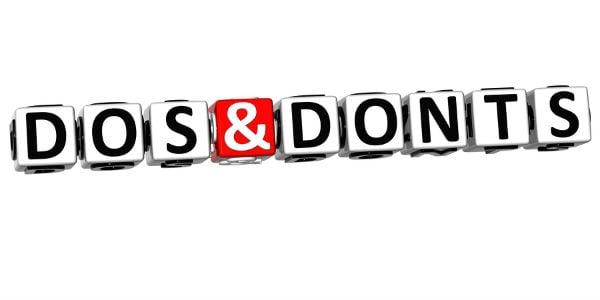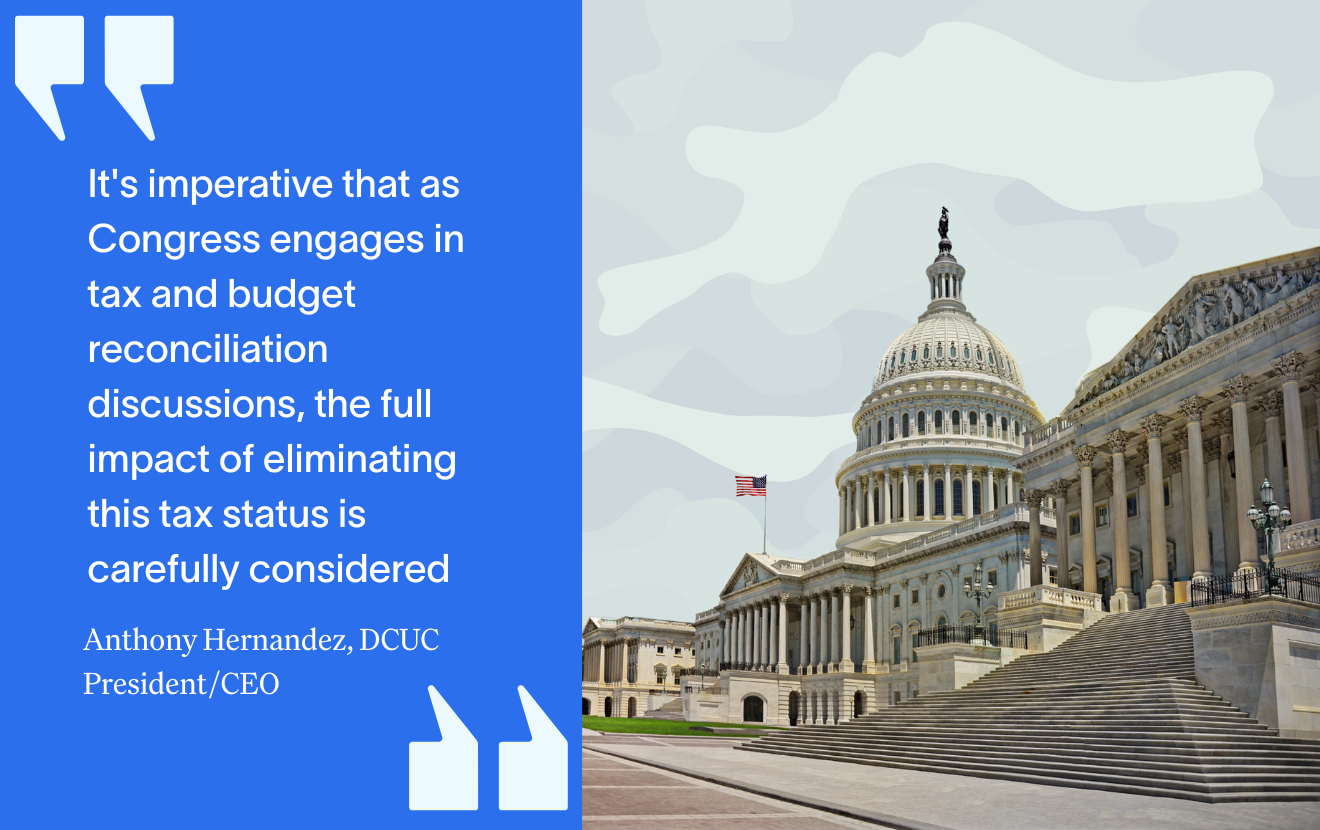The concept of multi-channel contact centers has been a topic of much discussion in the call center industry for over fifteen years. While most companies agree that this is the best way to support their members/customers, few are doing it right.
What is a multi-channel contact center?
A multi-channel contact center is a servicing organization that can receive, address and respond to inquiries and transactions in a variety of communications channels. In this environment it is standard practice to centrally queue, route, handle and record all interactions, regardless of the channel they come in on.
The primary servicing channels today are: phone, email, web chat, SMS, social media (Facebook and Twitter) and fax. This list will evolve over time, and managers should re-evaluate their roster of channels ongoing. Members expect to interact with organizations in their channel of choice. The complication is that their preferences vary based on who they are, what they are doing, and where they are. In the era of smart phones, the reasons for selecting among various communication media vary, including availability, convenience, preference, safety, privacy, and of course, habit. Therefore, credit unions desiring to be considered preferred providers in their niche need to proactively identify their members’ and prospects’ channel preferences.
The dos and don’ts of multi-channel contact centers
The number-one mistake that many companies make when adding channels is setting up a different group or team to handle each new interaction channel. Even worse, they may use a different pay scale, even though agents are basically doing exactly the same job in each channel. A further complication is that too many organizations use different, non-integrated servicing applications to support each communications channel, so agents lack a holistic view of members and what is being done to help them. This is a mistake that can be very costly for the company as it results in miscommunications, additional work, and often harms the member experience.
Here is a list of some dos and don’ts for multi-channel contact centers:
| Practice |
Don’t |
Do |
| Hiring | Require additional education for email, SMS or social media agents | Use the same educational standards for all channels |
| Staffing | Assume that all agents can handle all channels | Hire employees who can handle multiple channels, and try to retrain agents who were previously dedicated solely to the phone |
| Compensation | Have different pay scales for each channel and underpay phone agents | Use one pay scale; pay all agents fairly and competitively based on their knowledge, experience and competency |
| Performance goals | Apply phone KPIs to other channels | Create a new set of metrics and KPIs for each channel; start with easily attainable goals and make them progressively more challenging as the staff becomes more experienced |
| Quality assurance evaluations | Use the same quality evaluation criteria for all channels | Create customized quality evaluation forms for each channel; however, the criteria for product knowledge should be the same in each evaluation form |
| Training | Update the training program just by referring to additional channels | Rethink and revamp the training program based on the unique requirements of each channel |
| Organization structure | Set up channel silos where the teams are separate, not cross-trained, and do not interact | Create a single organization that supports multiple channels, even if different agents handle the various channels |
| Servicing/CRM application | Use different servicing/CRM systems to support each channel | Have one servicing/CRM application that supports all channels |
| Knowledge base | Create different knowledge base articles for different channels | Ensure that all servicing staff has immediate access to all content and knowledge base information |
The ideal approach is to use multi-skilled agents who can handle any type of inquiry or member interaction. The interactions should be delivered on a first come/first served basis, or whatever criteria are established by your organization. The characteristics of each channel should be taken into consideration when setting up routing rules. Agents should record their actions in a central servicing or customer relationship management solution that supports all channels.
Credit unions that are not providing member support via a multi-channel contact center are missing a great opportunity to reduce operating costs, enhance member loyalty, and improve the member journey.







